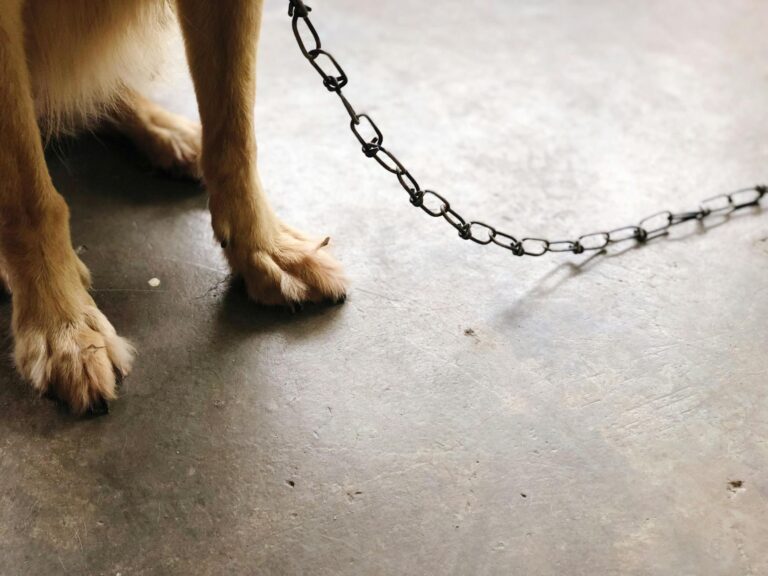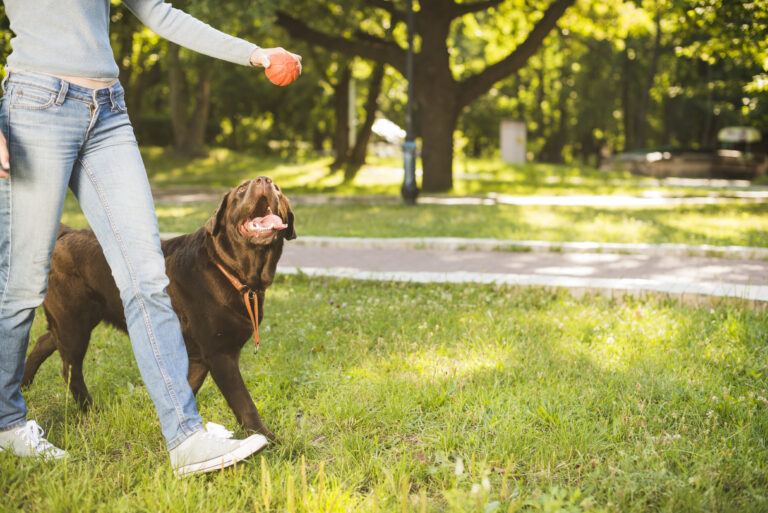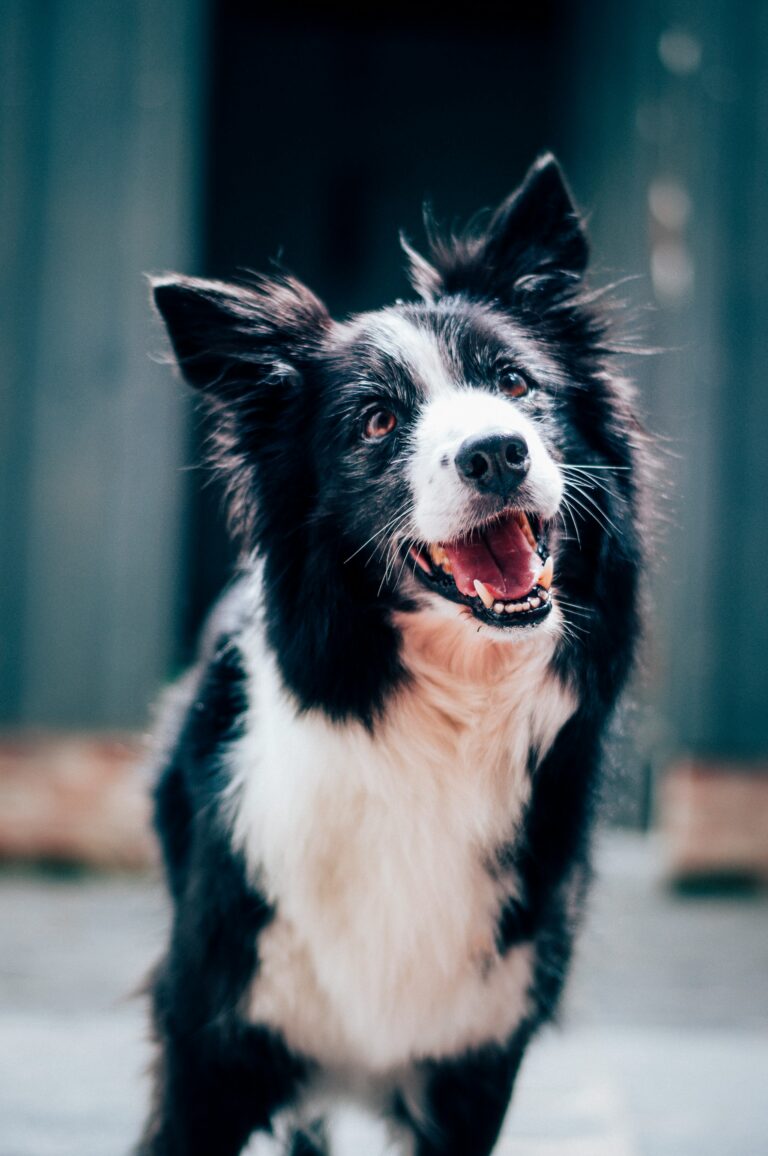Keeping Your Canine Cool: Essential Summer Safety Tips for Your Dog
Learn how to keep your dog safe in the summer by understanding heat risks, recognizing warning signs of heat injury, and implementing preventive measures and cooling techniques.
Overview of Heat Risks for Dogs in Summer
Summer poses unique risks for dogs, especially when it comes to heat-related issues. One of the primary dangers is heatstroke, which occurs when a dog’s body temperature rises above 103°F. This can happen more easily in certain breeds like brachycephalic dogs, older dogs, and those with respiratory problems, as they have a harder time regulating their body temperature.
For instance, brachycephalic breeds such as Bulldogs, Pugs, and Boxers are particularly vulnerable due to their shortened airways, which can restrict airflow and make it challenging for them to cool down effectively. Elderly dogs may struggle with thermoregulation due to age-related changes in their bodies. Additionally, dogs with respiratory issues, like French Bulldogs or Pekingese, have compromised respiratory systems, making it harder for them to dissipate heat efficiently, putting them at higher risk of heatstroke. It’s essential for dog owners to be aware of these risks and take proactive measures to prevent heat-related illnesses in their furry companions.
Signs of Heatstroke in Dogs
Recognizing the signs of heatstroke in dogs is vital for their well-being during the summer months. In addition to excessive panting and drooling, other symptoms may include vomiting, diarrhea, and in severe cases, seizures and loss of consciousness. For instance, if a dog has been playing energetically in the sun and suddenly starts drooling excessively and appears disoriented, these could be signs of heatstroke. It’s crucial for pet owners to be aware of these warning signs to take prompt action and prevent further complications.
Moreover, heatstroke can progress rapidly, especially in high temperatures, so being attentive to your dog’s behavior is key. Immediate cooling methods like wetting their paws and ears or applying cool towels to specific areas can help lower their body temperature quickly and prevent organ damage. For instance, if you notice your dog panting heavily and seeming lethargic after a long walk on a hot day, it’s essential to move them to a cooler environment, offer water, and use cooling techniques to bring down their body temperature. Being proactive and responsive to signs of heatstroke can make a significant difference in your pet’s recovery and overall health.
Tips for Preventing Heatstroke in Dogs
Preventing heatstroke in dogs requires a combination of awareness and proactive measures. In addition to using pet-safe sunscreen on dogs with light-colored or thin fur, it is essential to understand that some breeds are more susceptible to heatstroke. For example, brachycephalic breeds, such as Bulldogs and Pugs, are at higher risk due to their shorter airways, which can impede their ability to cool down effectively. By recognizing these breed-specific vulnerabilities, owners can take extra precautions by providing additional shade, limiting outdoor activities during peak heat hours, and ensuring access to cool water at all times.
Moreover, investing in cooling vests or bandanas for dogs can significantly help regulate their body temperature during outdoor activities. These specialized accessories are designed to provide a cooling effect, making them a practical solution for keeping dogs comfortable in hot weather. Additionally, understanding that dogs cool themselves primarily through panting underscores the importance of monitoring their breathing patterns. Rapid or excessive panting can be an early sign of heat exhaustion, prompting the need for immediate intervention to prevent heatstroke. By incorporating these preventive strategies into daily routines, dog owners can help safeguard their pets from the dangers of heat-related illnesses.
Providing Access to Shade and Water
When it comes to keeping your furry friend safe in the summer heat, hydration is key. Dogs should have access to multiple sources of fresh water throughout the day to prevent dehydration, particularly during hot weather. For example, in addition to their regular water bowl, you can set up a kiddie pool or a pet fountain in the yard to encourage them to drink more water and stay cool.
Furthermore, shade is essential for dogs to retreat from the sun and avoid overheating. Providing shaded areas in your yard or when out for walks is crucial, especially during the peak hours of the day when the sun is at its strongest. This can be achieved by setting up umbrellas, canopies, or using natural shade from trees to create a cool spot for your canine companion to relax and cool down. Remember, a well-shaded area not only protects your dog from the heat but also helps prevent heatstroke and other heat-related illnesses.
 Cooling Measures for Dogs in Hot Weather
Cooling Measures for Dogs in Hot Weather
When it comes to keeping dogs cool during hot weather, there are several effective strategies to ensure their well-being. In addition to frozen treats and ice cubes, another way to help lower a dog’s body temperature is by using cooling vests or bandanas during outdoor activities. These specially designed vests and bandanas are equipped with materials that retain moisture, providing a cooling effect when worn by the dog. For example, investing in a cooling vest for your dog can be particularly useful during summer hikes or long walks, as it helps regulate their body temperature and prevent overheating.
Furthermore, wetting a dog’s paws and ears can be a simple yet efficient way to aid in their cooling process. By dampening these areas with cool water, heat is dissipated from the body, promoting a more comfortable temperature for the dog. This method is especially helpful for breeds that are more prone to heat-related issues, such as brachycephalic breeds or those with thick fur. For instance, on a hot day at the park, carrying a small spray bottle with water to mist your dog’s paws and ears intermittently can help them stay cool and avoid heat exhaustion.
Immediate Actions for Heatstroke in Dogs
When dealing with a dog suffering from heatstroke, it is vital to act swiftly and effectively to prevent further complications. One immediate action to take is to use cool water, not ice-cold, to cool down the overheated dog. For example, you can wet a towel with cool water and gently apply it to the dog’s body, focusing on areas like the head, neck, and groin where heat dissipation is most effective. This method helps in lowering the body temperature of the dog gradually and safely.
Another crucial step to take is to transport the dog to a veterinary clinic promptly for professional evaluation and treatment. Veterinarians have the expertise and resources to provide the necessary care and support to a dog suffering from heatstroke. They can assess the severity of the condition, administer appropriate treatments such as intravenous fluids or medications, and monitor the dog’s progress closely. Early intervention significantly increases the chances of a positive outcome and reduces the risk of long-term health issues for the dog.
In addition to these actions, it’s essential to monitor the dog’s condition closely during the cooling process and transportation to the clinic. Look out for any changes in their behavior, breathing, or responsiveness. Providing reassurance and comfort to the dog during this stressful time can also help in keeping them calm and cooperative. Remember, quick and efficient action is key when it comes to managing heatstroke in dogs and ensuring the best possible outcome for their health and well-being.

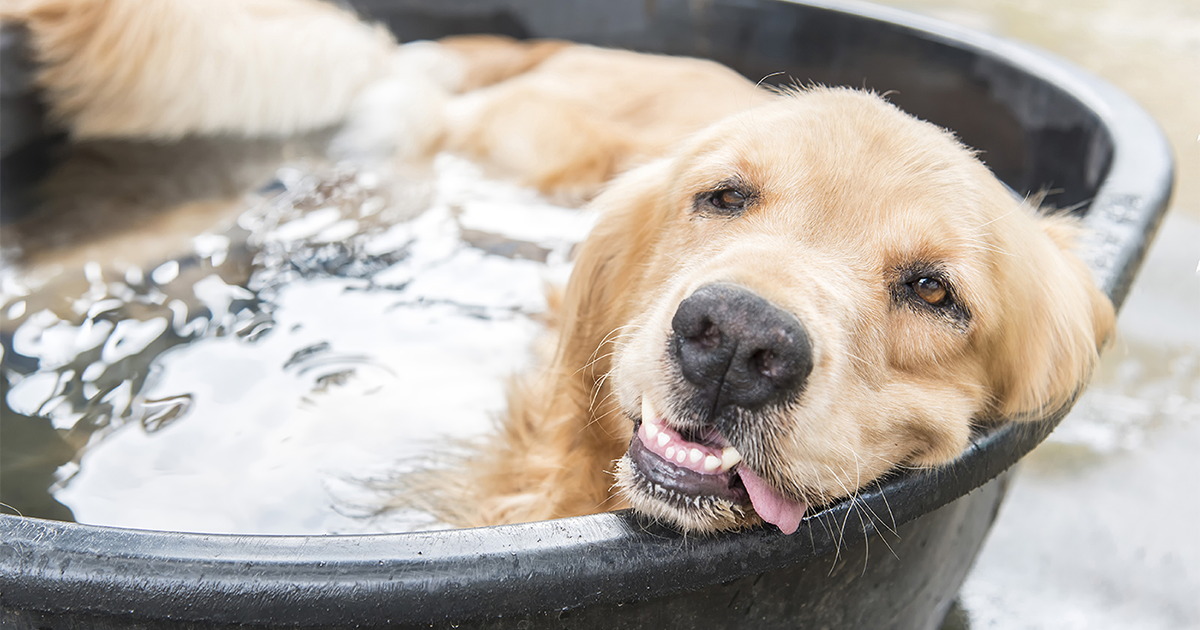
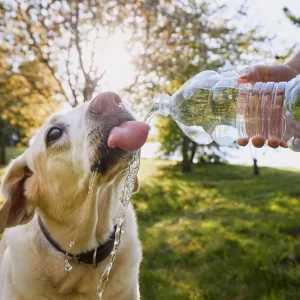
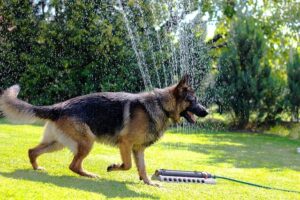
 Cooling Measures for Dogs in Hot Weather
Cooling Measures for Dogs in Hot Weather